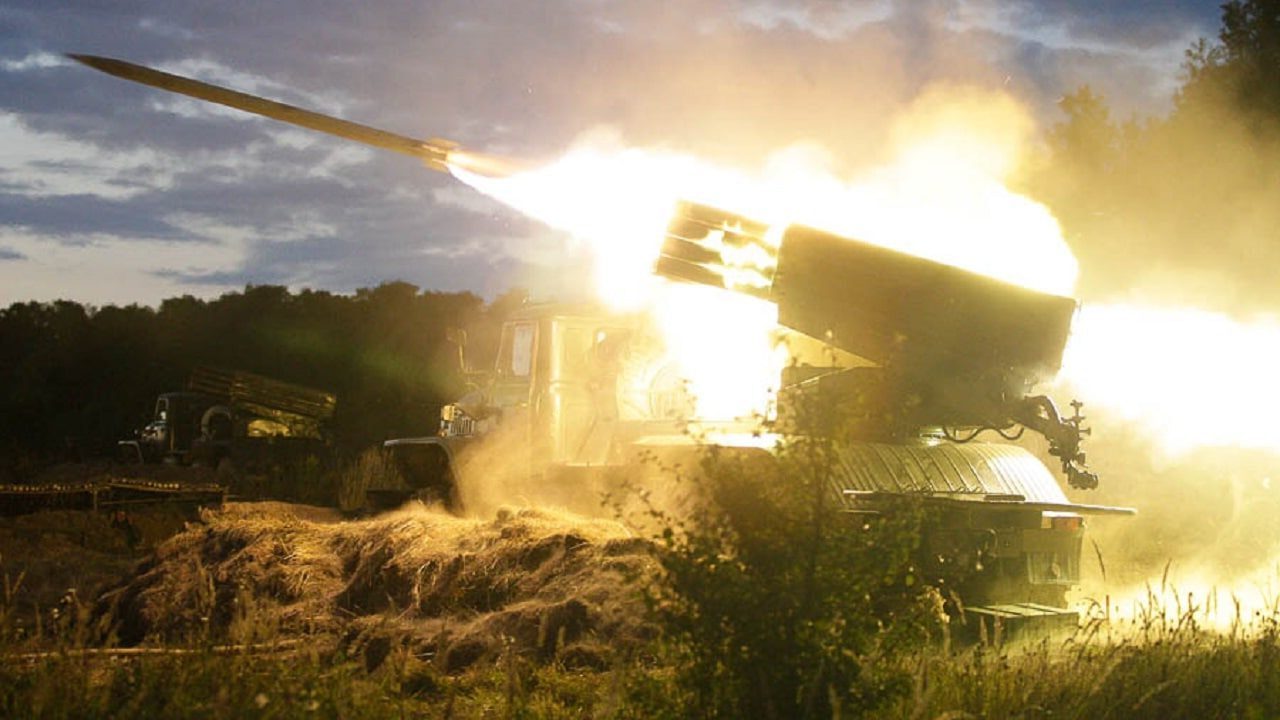On day seven of the Russian invasion of Ukraine, Russian forces are increasing the intensity of their attacks, targeting urban centers almost indiscriminately.
Frustrated by the lack of meaningful progress across all axes of advance, Russian troops have begun bombarding cities in Ukraine, including the capital Kyiv and the second-largest city Kharkiv.
Siege Warfare
But the shift in the Kremlin’s approach to the war comes at a high cost. Ukrainian cities, especially Mariupol, in the south, and Kharkiv, in the east, are being heavily bombed. The Ukrainian emergency service estimates that over 2,000 Ukrainian civilians have died thus far.
“We certainly aren’t seeing them [the Russian forces] be risk averse when it comes to civilian casualties and civilian infrastructure. . . I can’t say definitively that they are deliberately targeting civilian population areas or civilians. We can’t prove that. But they certainly are not risk averse when it comes to the impact they’re having on the civilian population as they seem to be with their own troops,” a senior U.S. defense official said on Tuesday.
The Russian military is no novice to that strategy. Russian forces deployed to Syria to save the Syrian regime of Bashar al-Assad would routinely level whole neighborhoods instead of trying to clear them or occupy them. Those past actions, coupled with the apparent willingness of Putin to target urban centers, is a recipe for a humanitarian catastrophe.
Ukraine Crisis: Mounting Casualties
Casualties on both sides are mounting. According to the Ukrainian government, as of Wednesday, Russia has lost 5,840 troops, 30 fighter, attack, and transport aircraft, 31 helicopters, 211 tanks, 85 artillery pieces, 862 armored personnel carriers, 40 Multiple Launch Rocket Systems (MLRS), two boats, 355 infantry fighting vehicles, 60 fuel trucks, three unmanned aerial systems, and nine anti-aircraft batteries.
Although the accuracy of these numbers isn’t verified, the U.S. Department of Defense assesses that the Russians have lost over 2,000 troops thus far. Moreover, footage from the ground suggests that the invading Russian forces have lost an extraordinarily high amount of tanks and other vehicles.
The Ukrainian Ministry of Defense claimed that two Russian Su-35 Flanker fighter jets were shot down by an S-300 anti-aircraft weapon system. But one Ukrainian MiG-29 Fulcrum was lost.
The Pentagon also verified reports that Russian troops are surrendering en masse or sabotaging their own vehicles so as to avoid fighting.
“We’re seeing that on the ground, the fairly slow and stodgy progress that they have made. And you guys are seeing it for yourselves on the ground, where, you know, units are surrendering, sometimes without a fight, and they’ve got—you know, a lot of these soldiers are conscripts, never been in combat before. Some of them, we believe, weren’t even told they were going to be in combat,” the senior U.S. defense official added.
Meanwhile, the Ukrainian government said that a Russian attempt to assassinate Ukrainian President Volodymyr Zelensky using Chechen forces failed.
1945’s New Defense and National Security Columnist, Stavros Atlamazoglou is a seasoned defense journalist specializing in special operations, a Hellenic Army veteran (national service with the 575th Marine Battalion and Army HQ), and a Johns Hopkins University graduate. His work has been featured in Business Insider, Sandboxx, and SOFREP.

